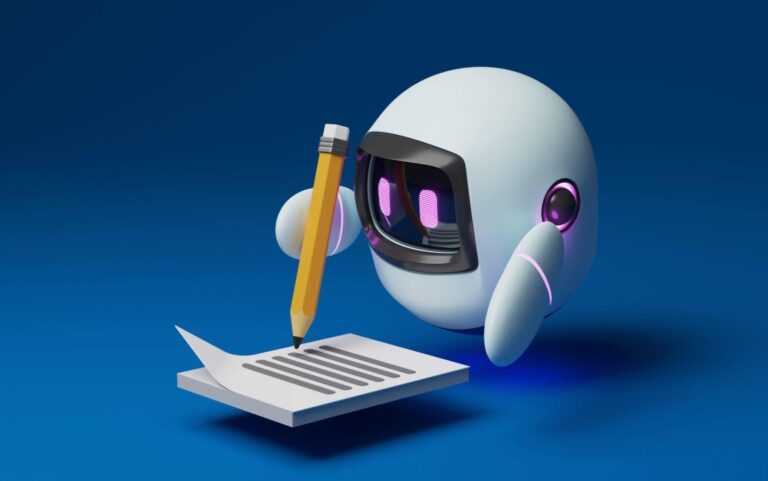Introduction
As AI tools like ChatGPT become increasingly powerful, students, professionals, and content creators are turning to them to generate everything from research papers to business proposals. But despite the sophistication of GPT-4 and newer models, a growing number of professors, editors, and examiners are making one thing clear: ChatGPT’s essays still don’t fool the experts—at least not yet.
Why is that? And what separates a human-written essay from one created by artificial intelligence? Let’s explore the subtle (and not-so-subtle) cues that help experts detect AI-generated writing—and why this matters for the future of education and content creation.
The Rise of AI Writing Tools
Since its launch, ChatGPT has transformed how people approach writing. Its capabilities include:
Structuring essays and arguments
Generating citations (though often flawed)
Explaining complex concepts in plain language
Mimicking a range of tones and voices
As a result, many students have used it to write assignments, while bloggers and marketers use it to create SEO-optimized content in seconds. However, as use has grown, so has academic scrutiny.
Why ChatGPT’s Essays Fall Short
1. Lack of Deep Insight
Experts can usually tell when an essay lacks nuance, originality, or critical thinking. ChatGPT is excellent at summarizing known information, but it doesn’t generate truly innovative or personal insights, especially on complex, interpretive topics.
“It reads like a Wikipedia article. It’s clear, but there’s no real argument or depth.” – College professor
2. Repetition and Overuse of Certain Phrases
ChatGPT tends to reuse phrases like “In conclusion,” “It is important to note,” and “This essay will explore…” These formulaic transitions are dead giveaways for experienced readers trained to look for voice and rhythm.
3. Too Balanced and Polished
Ironically, AI writing can sound too neutral or too perfect. Human essays often include small inconsistencies, shifts in tone, or bold, opinionated statements—features AI models are designed to avoid.
4. Citation and Fact Errors
ChatGPT can “hallucinate” citations or mix up facts. An essay with well-structured paragraphs but fake or incorrect sources immediately sets off red flags.
5. Lack of Contextual or Cultural Awareness
Human writers draw from lived experiences, cultural references, and current events. AI-generated writing can lack this personal or localized perspective, making it feel detached or generic.
Tools That Detect AI Essays
Several AI-detection platforms have been developed to help educators and publishers spot ChatGPT-written content, including:
Turnitin AI Detection
GPTZero
Copyleaks AI Detector
OpenAI’s own classifier (now deprecated but previously used)
These tools analyze sentence structure, entropy, and burstiness—traits where AI differs from human writers. However, none of them are perfect, and false positives are possible, which raises ethical concerns.
The Educational Dilemma: Banning vs. Embracing AI
Many institutions are still figuring out how to respond. Some schools have banned ChatGPT outright, while others are exploring how to integrate it responsibly—teaching students how to use it as a brainstorming or outlining tool rather than a substitute for original thinking.
Educators stress that using AI shouldn’t replace critical reasoning, research skills, or academic integrity. There’s a growing movement toward AI literacy, ensuring students know both the power and the limitations of these tools.
Will ChatGPT Ever Fool the Experts?
Possibly—but not without advancements in:
Contextual memory: Future AI may develop the ability to remember and build on personal experiences.
Cognitive reasoning: True essay quality involves analysis, counterpoints, and abstract thinking, which AI is still learning.
Voice personalization: Models that can mimic a user’s specific writing style over time may become harder to distinguish.
That said, expert readers may always have an edge by spotting authentic thought patterns versus algorithmic constructions.
Why This Matters for Everyone
For students: Submitting AI-written essays may bring short-term ease but risks long-term skill loss and potential academic penalties.
For educators: It’s essential to stay ahead of AI trends, design smarter assessments, and encourage original thinking.
For content creators: Using AI tools like ChatGPT responsibly can enhance creativity, but overreliance may result in generic, forgettable work.
Final Thoughts
ChatGPT is a groundbreaking tool—but it’s not a flawless ghostwriter. Essays written by AI still lack the soul, depth, and unpredictability of human thought. For now, experts can tell the difference.
However, as AI models evolve, so will the challenges—and opportunities. The key isn’t banning AI but learning to use it ethically, creatively, and wisely.
















+ There are no comments
Add yours